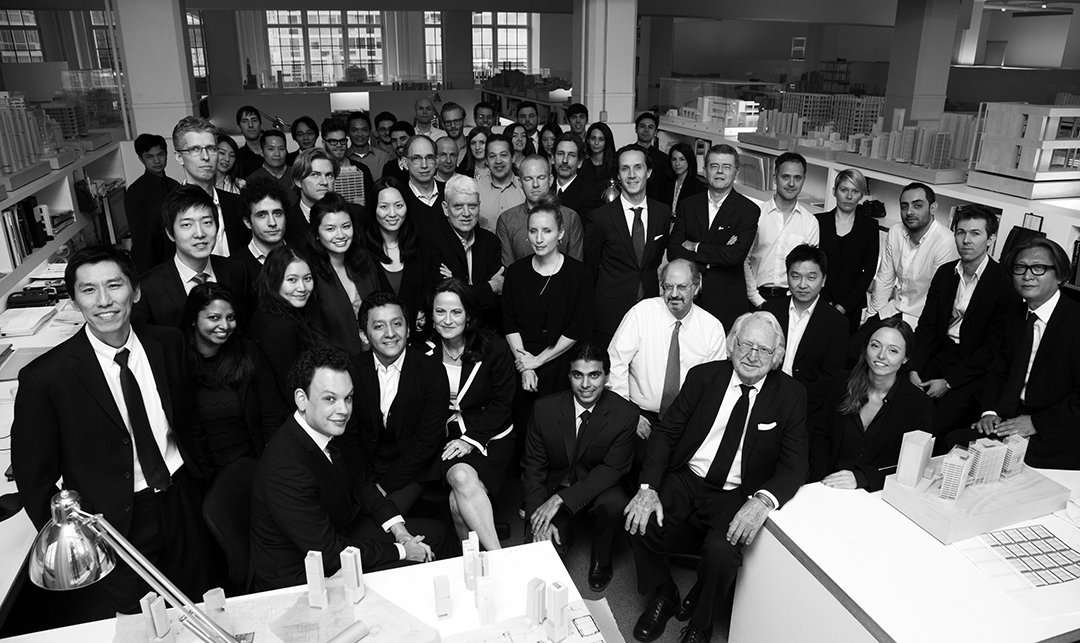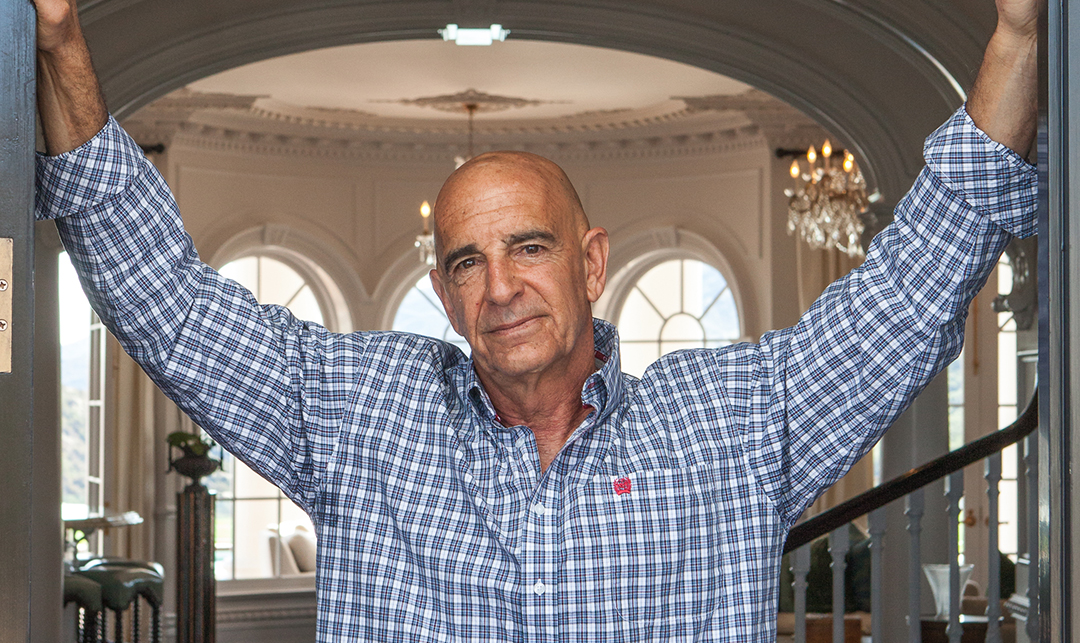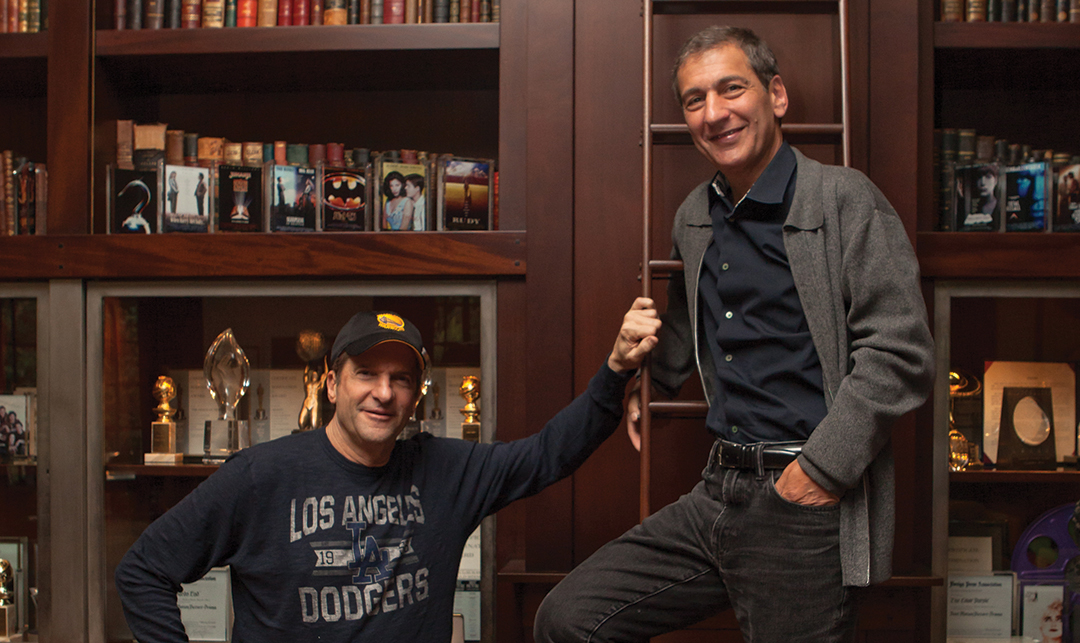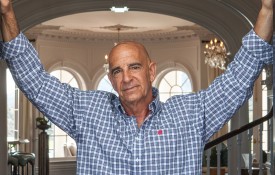Becoming an entrepreneur right out of college isn’t for everyone. Many people lack the life skills, business acumen, and tenacity to make it work. But for Brian Ree, the entrepreneurial spirit had been part of his life since childhood. His dad was a mechanical engineer who designed computer keyboards for companies like Apple and Dell. His mom started a daycare and preschool in Koreatown.
Ree’s parents were skeptical of his career ideas at first, but after 25 years, multiple successful business exits, and a “hail mary” success story, he’s shown them—and himself—just how meant for this life he really was.
GOLDENMINE ONLINE
As a student at UC Berkeley, Ree and a friend from high school took their first entrepreneurial leap: They started goldenmine.com. “The dotcom boom was still on its way up; it had a lot of excitement and I wanted to get involved,” Ree says. “My buddy’s dad was a gold jewelry importer in L.A. and he had a ton of inventory. We decided to post all the inventory online and try to sell it.”
By taking advantage of the new “pay-per-click” (PPC) model online, the pair was able to stand their business up without investors. Once PPC became too pricey due to its popularity, Ree knew he had to pivot.
“I saw the writing on the wall and started to think about other ways to acquire traffic,” he says. “That’s when I got really deep into SEO and content.”
Website traffic wasn’t the only obstacle the online jewelry business faced. In the early 2000s, it was hard to get customers to use their credit cards online. Just to push the payments through, the team had to use their one phone line, disconnect from the internet, and connect to the merchant bank via modem and batch process and charge every customer’s credit card. Once this was done, there would be a list of all the payments that went through and all the ones that failed.
“We learned about fraud very quickly,” Ree says. “In orders over $1,000, we had to pick up the phone, call the number on the order, and talk to the customer directly to make sure there wasn’t any fraud happening.”
The business was profitable from the start, but there came a point where it just wasn’t growing as much as Ree had hoped. Market fragmentation in the jewelry business made it hard to push beyond $7 million in sales. Ree wanted to move on and try something different, so he sold his shares to his co-founder’s family and got out officially in 2006. But, like most entrepreneurs, he already had something new brewing.

Ree at the EY Entrepreneur of the Year gala
POKER FOR DUMMIES
Ree had become somewhat of an SEO expert when running his first online business. He attended SEO conferences, regularly met with other SEO experts, and quickly learned about a few SEO tricks that were technically frowned upon but that could trick the major search engines. Basically, it came down to the three Ps: poker, pills, and porn. Sites that were over-indexing on these topics were getting the most traffic, and since Ree loved playing poker, he saw a window of opportunity.
He noticed that people who were dominating poker SEO didn’t even play poker, but he did, giving him a leg up. He started a poker newsletter meant to teach the basics of poker to new players and offer tips and tricks to long-time enthusiasts. In just 12 months, his poker newsletter grew to 450,000 readers. He had so much traction that online poker sites were sending him money to throw a tournament every week or two, with the entry code being exclusive to his newsletter readers.
These tournaments would bring in about 3,000 players every time, and with each new player registered, Ree would bring in $200 to $300. The boom lasted for a year or two, but in 2005, the government came down hard on online poker, essentially banning it in the United States. All the vendors pulled out of the market nearly overnight, and Ree sold his company to Full Tilt Poker, an Irish online poker room. Although this endeavor was short-lived, Ree learned how to acquire new customers and keep their engagement high over time.
LULL TO DAILYLOOK
In 2008, Ree began to experience a lull in his career. He wasn’t sure what he wanted to do: Should he go back to school and get his MBA? Join the corporate world? It all felt unclear, and because of his propensity for action, this was a confusing period. In his personal life, he was deep into a serious relationship and planning to get married. However, in 2011, that relationship ended, which was a game-changer. “I found newfound motivation and energy that I could put to good use,” he says.
He approached Eric Marston, a web developer who helped build the site for goldenmine.com,. Dressed in the fanciest suit he owned, Ree came to Marston with two pages torn from magazines, one from GQ and one from Details. “I said, ‘Eric, look at these guys. They look super sharp and well-styled. I want to get this look easily, but it’s really hard, expensive, and tedious for most people to achieve.”
His idea was to send a daily email that had trendy looks. Each email would link to a website where you could find the pieces and buy them for yourself. Marston was sold. From there, they self-funded the first $400,000 of their business to buy inventory and build the website. It took six months to get the website where they wanted it, but eventually they had an interactive platform that allowed buyers to browse and purchase items they had seen in the newsletter from that day. DailyLook was officially making stylish looks more accessible.

Ree and Eric Marsten
HAIL MARY
Within the first six months of DailyLook, the company was hitting $500,000 in monthly sales, shooting all the photography outside because the 600-square-foot offices weren’t big enough for photoshoots, and getting 6,000 orders of four to five pieces each on a monthly basis. Eventually, DailyLook hit another wall: Ree noticed that customers were hesitant to buy entire looks and repeat purchases were low, so he began testing out the idea of personal styling delivered in a box as a new business model
The beta testing went extremely well; people loved the concept and began buying even more items, pushing the average order value from $75 to $120. In 2014, the personal styling model opened up to all DailyLook subscribers, but it became so popular so quickly that it brought with it another set of issues. There were 10,000 sign ups in two weeks, but there wasn’t the right infrastructure to support that level of interest. A waitlist was put into place, garnering 30,000 customers almost immediately.
No one was being charged a styling fee, people would return items, logistics costs went up, and new staff was needed to support the business scale. Ree and Marston ran into a liquidity crisis. Investors weren’t willing to give money because the founders were seen as “dead men walking.” With only three months of runway left, Ree pivoted once again.
After laying off 70% of the staff to cut costs, he imposed a styling fee of $20, and that eventually went up to $40. It was risky; he wasn’t sure whether all the customers would jump ship, but the opposite happened. They actually started buying more and the business stabilized and found further growth on the other side of the near insolvency”. After several years of sustainable profitable growth, Dailylook merged with AdoreMe, the leading intimates subscription box. Just 8 months after the merger, Dailylook and AdoreMe were wholly acquired by Victoria’s Secret in a $700M deal in 2023, validating the technology-enabled platform strategy.
MASTERING THE PIVOT
Ree says he will never stop pivoting. It was the implementation of AI and digital tools in his business that caught the attention of Victoria’s Secret, but it was his tenacity and adaptability as a co-founder that allowed DailyLook to survive long enough to get to that point. As his career continues to take shape, Ree offers this advice: Timely strategic pivots are critical to long-term success and experience through trial by fire is the best teacher.














































